There is only land here in South Louisiana if the Mississippi River, which drains some four-tenths of the United States, brings it to spread out over the edge of the continent at the Gulf of Mexico. Its alluvium is an offering to cypress, cattails, and spartina to build the land higher—if the next flood, storm surge, or rising sea level does not reclaim it first.Over millennia, the river has formed a 10,000 square-mile expanse of mud—the Mississippi Delta. This mud is both the product of the river and its primary impediment. The river always seeks a faster route to the sea, and so its course across the massive mudbank of its own making wavers over time. Some 5,000 years ago, as the last ice age receded, torrents of glacial meltwater flowed into the river. It sought open territory, and the delta shifted to the east. .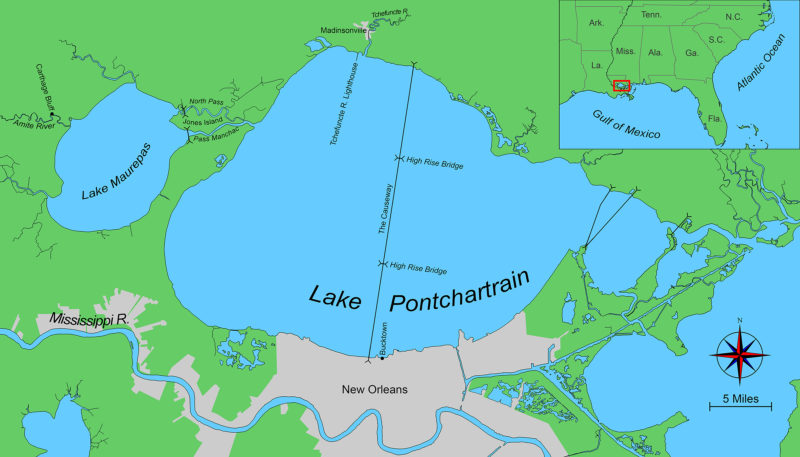 Roger Siebert
Roger Siebert
Join The Conversation
We welcome your comments about this article. If you’d like to include a photo or a video with your comment, please email the file or link.
One thought on “Pontchartrain and Maurepas”
Leave a Reply
Stay On Course

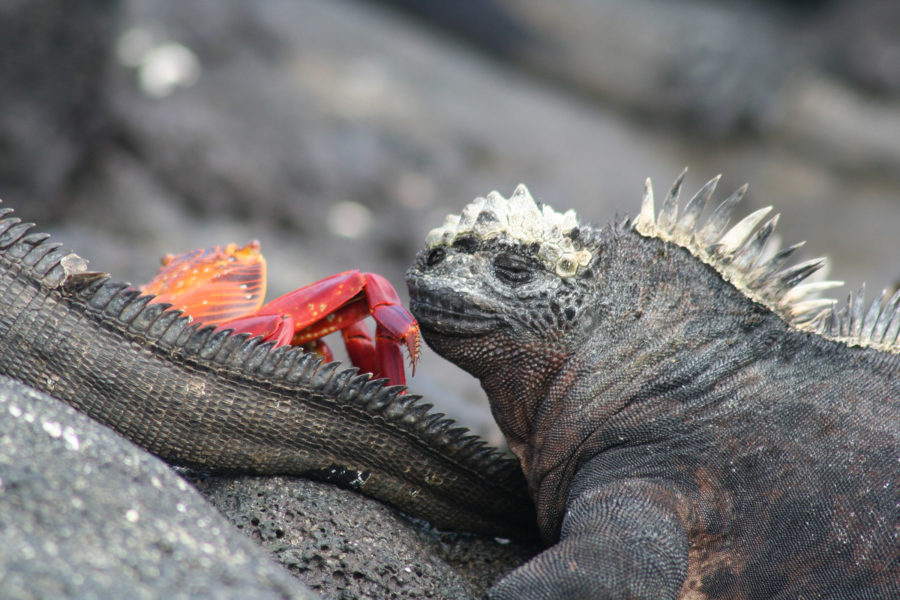
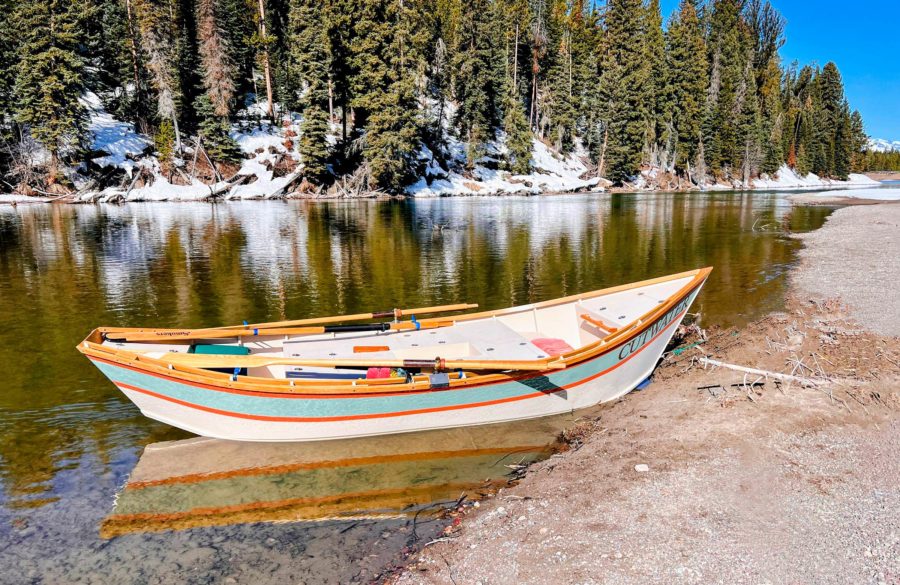
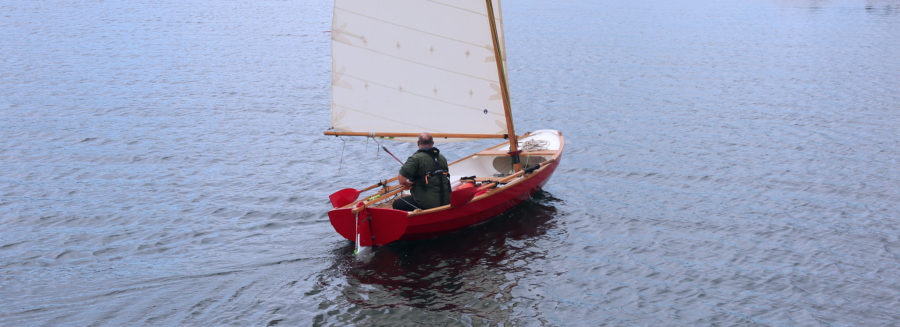
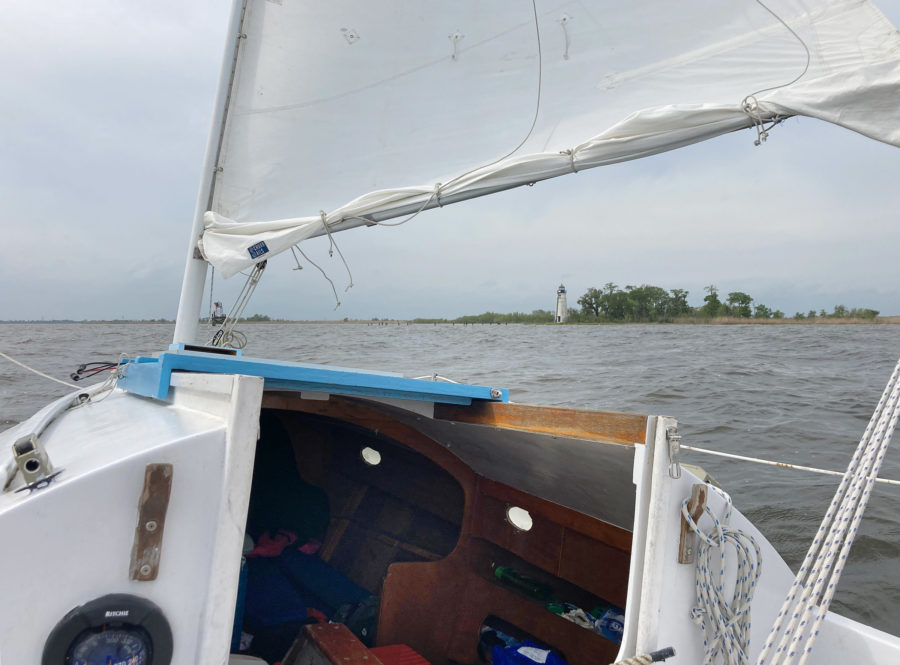
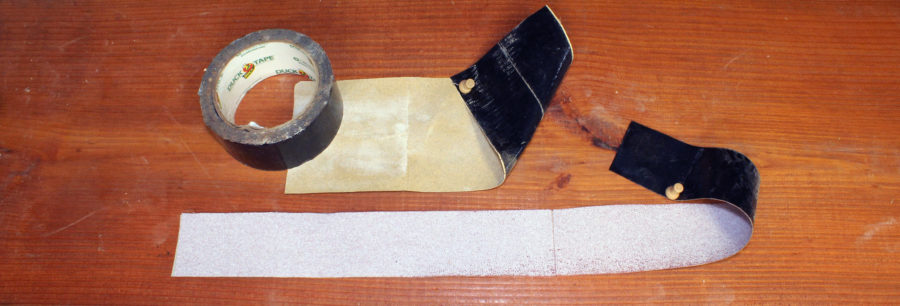
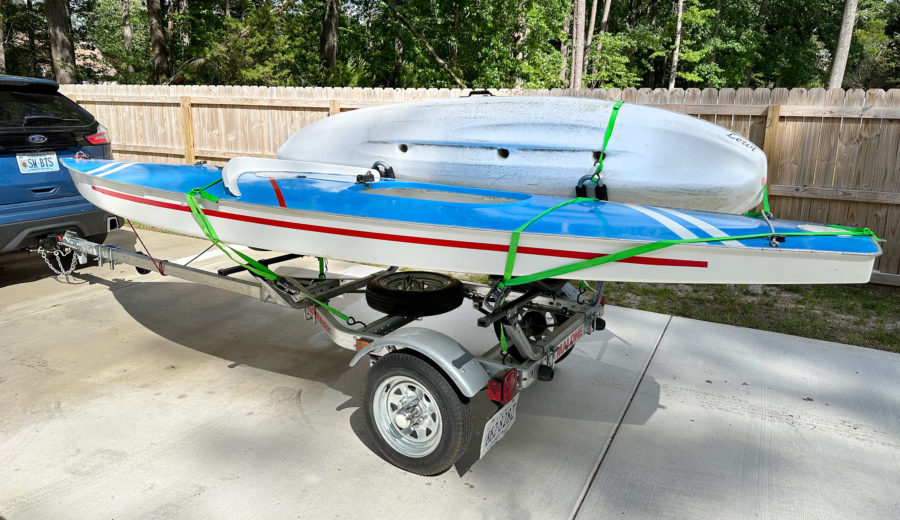
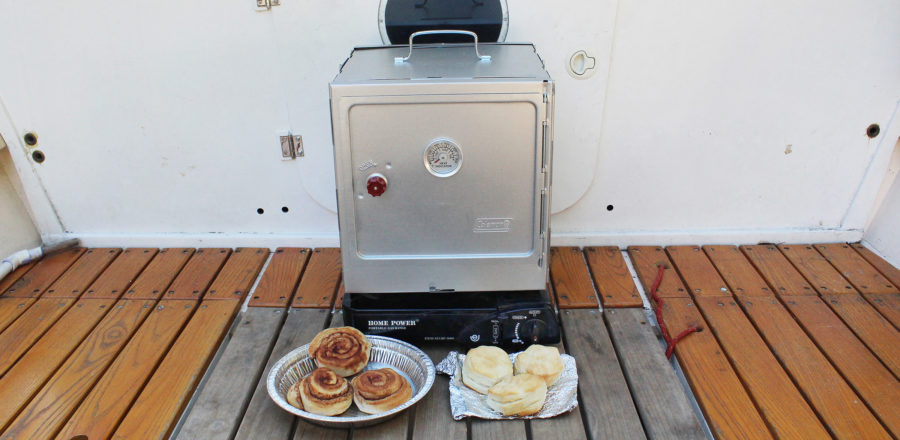
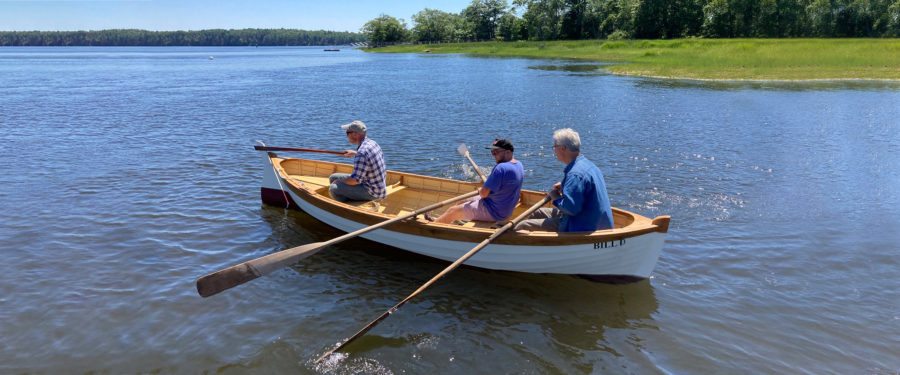
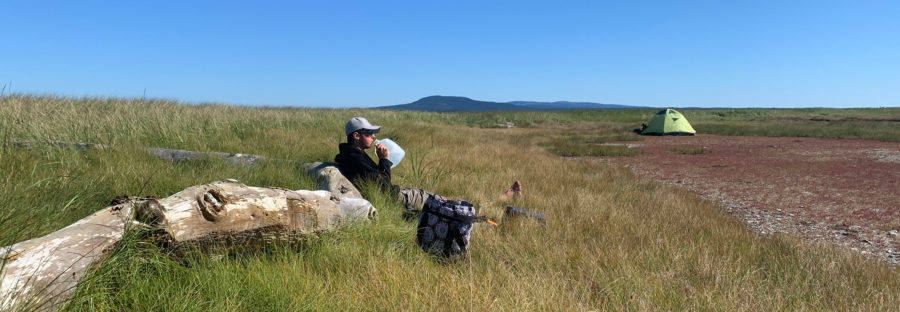

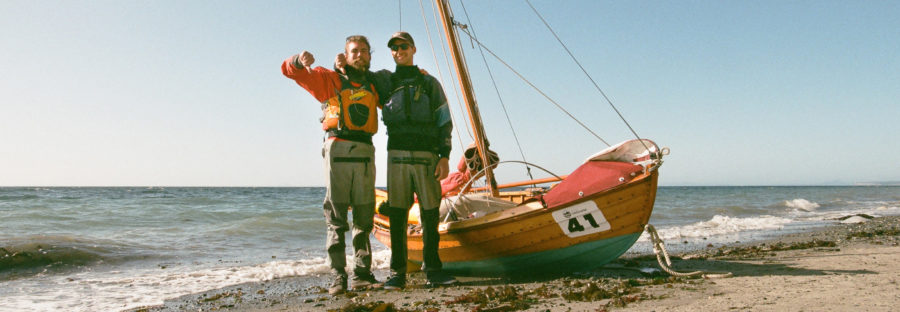
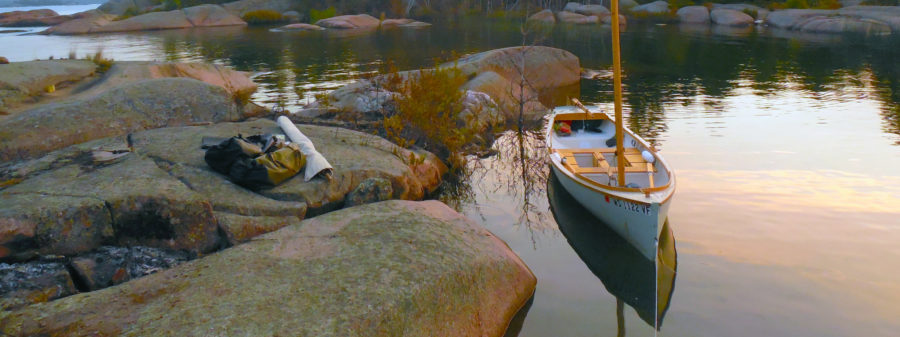
A fun read. I enjoyed your journey and could see myself on such a river.